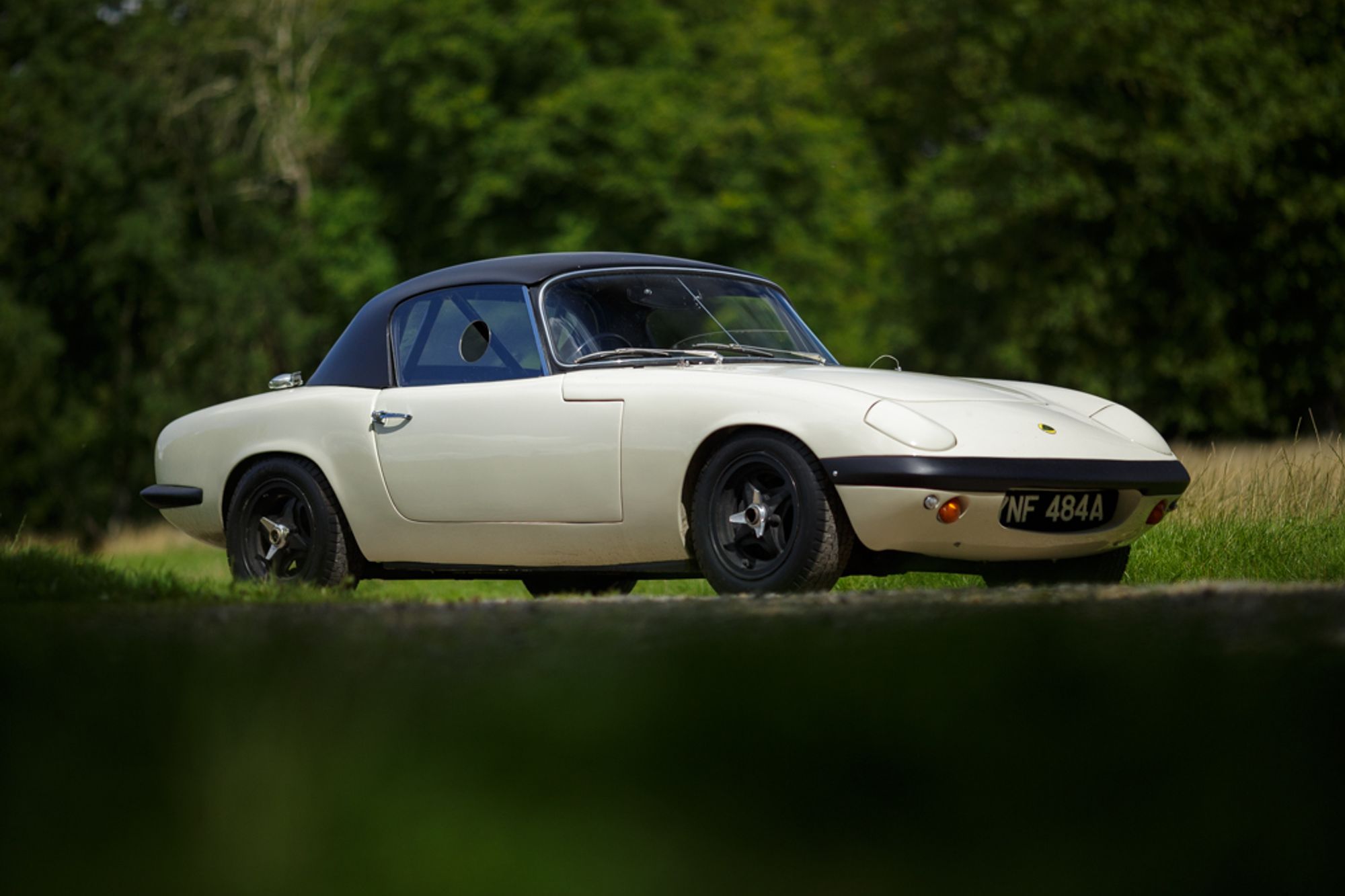

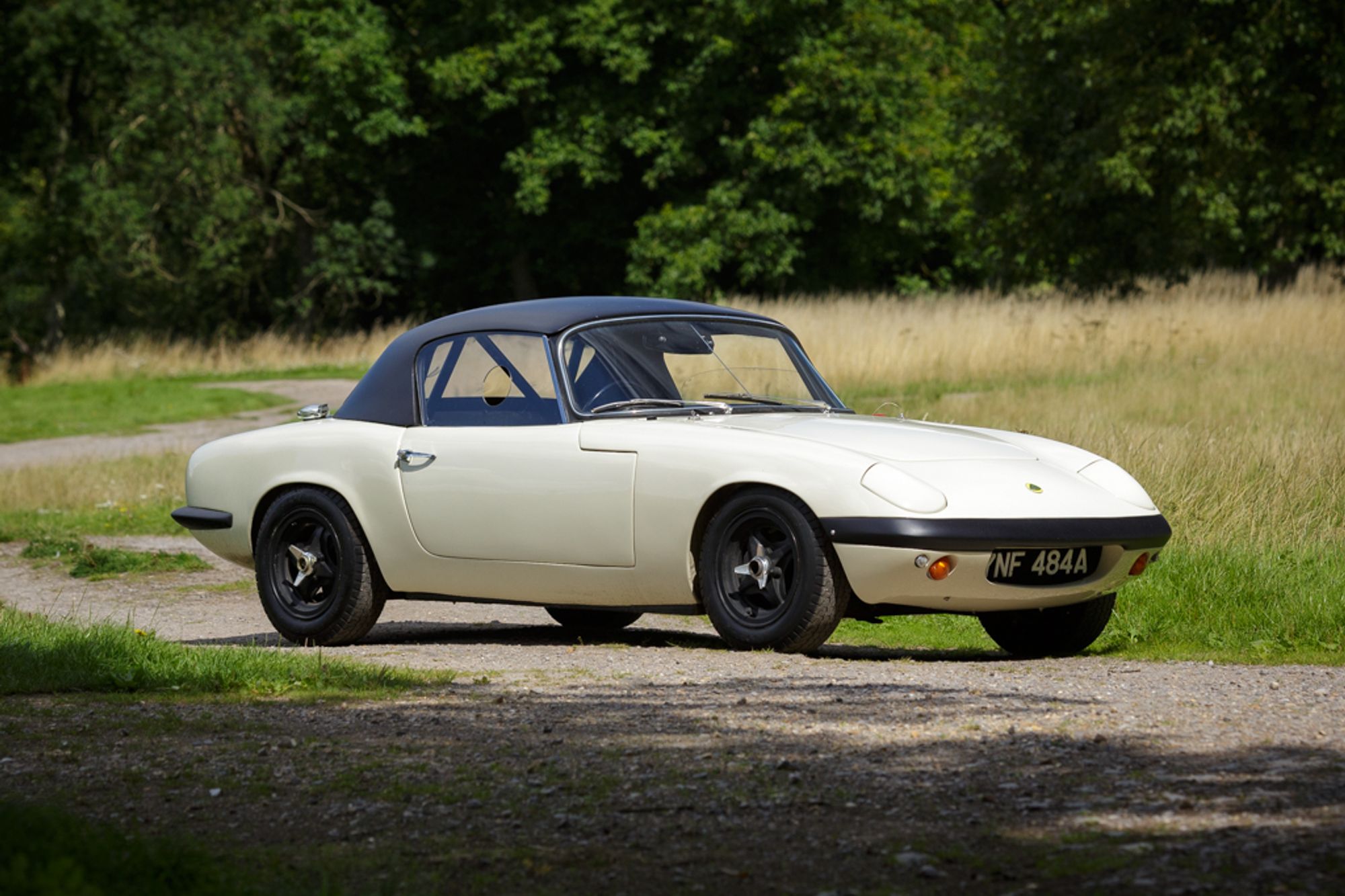

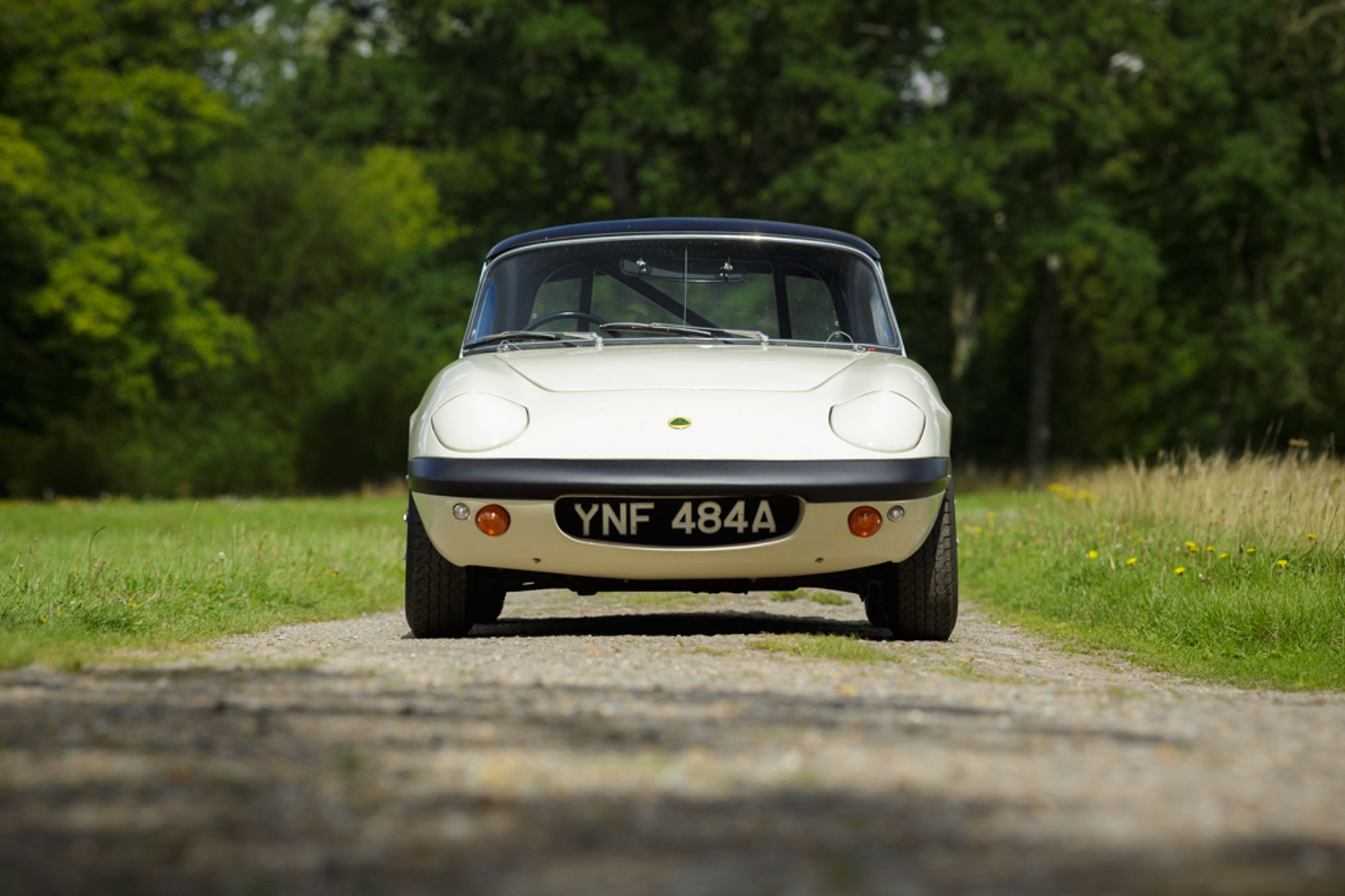

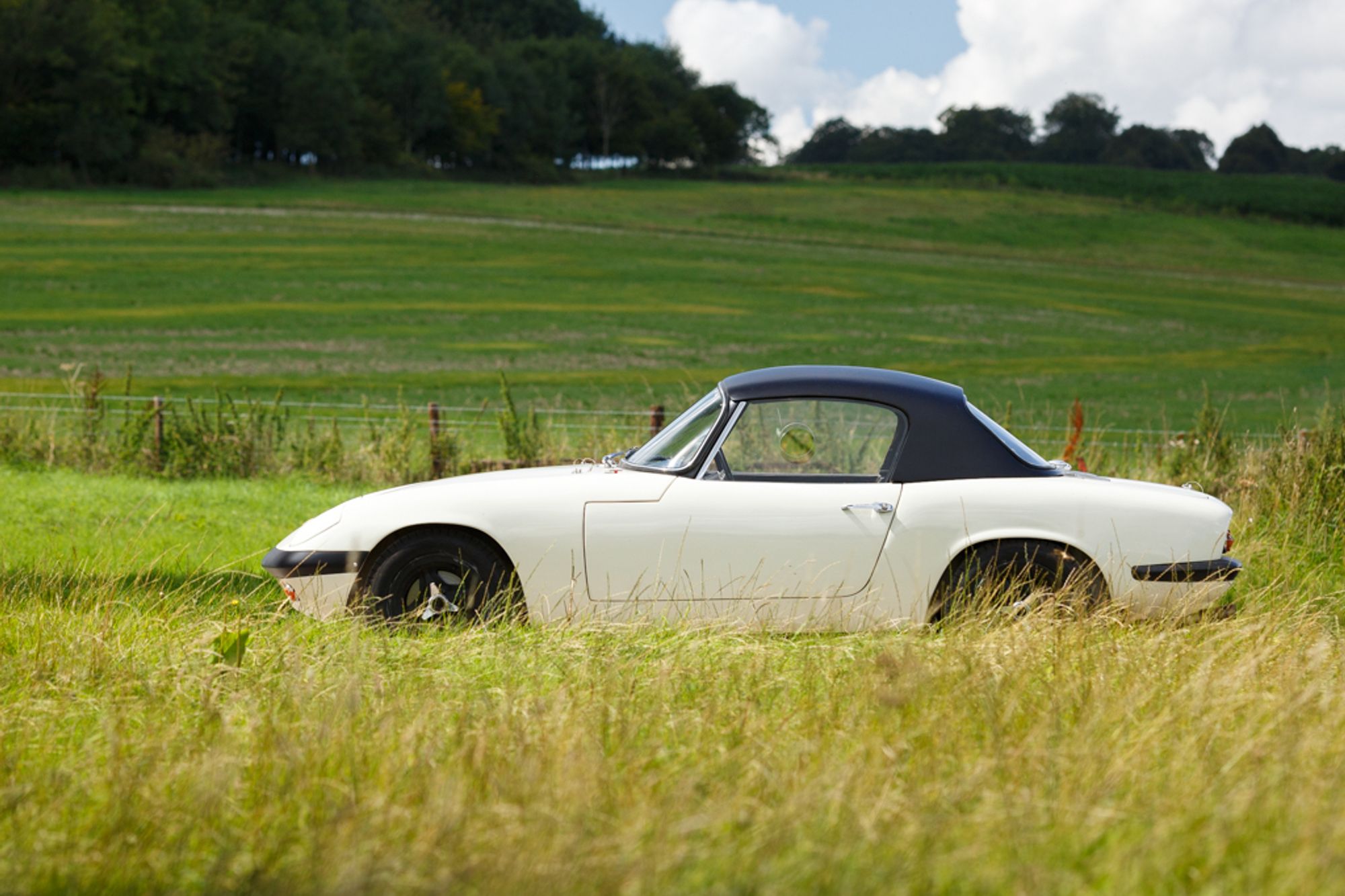

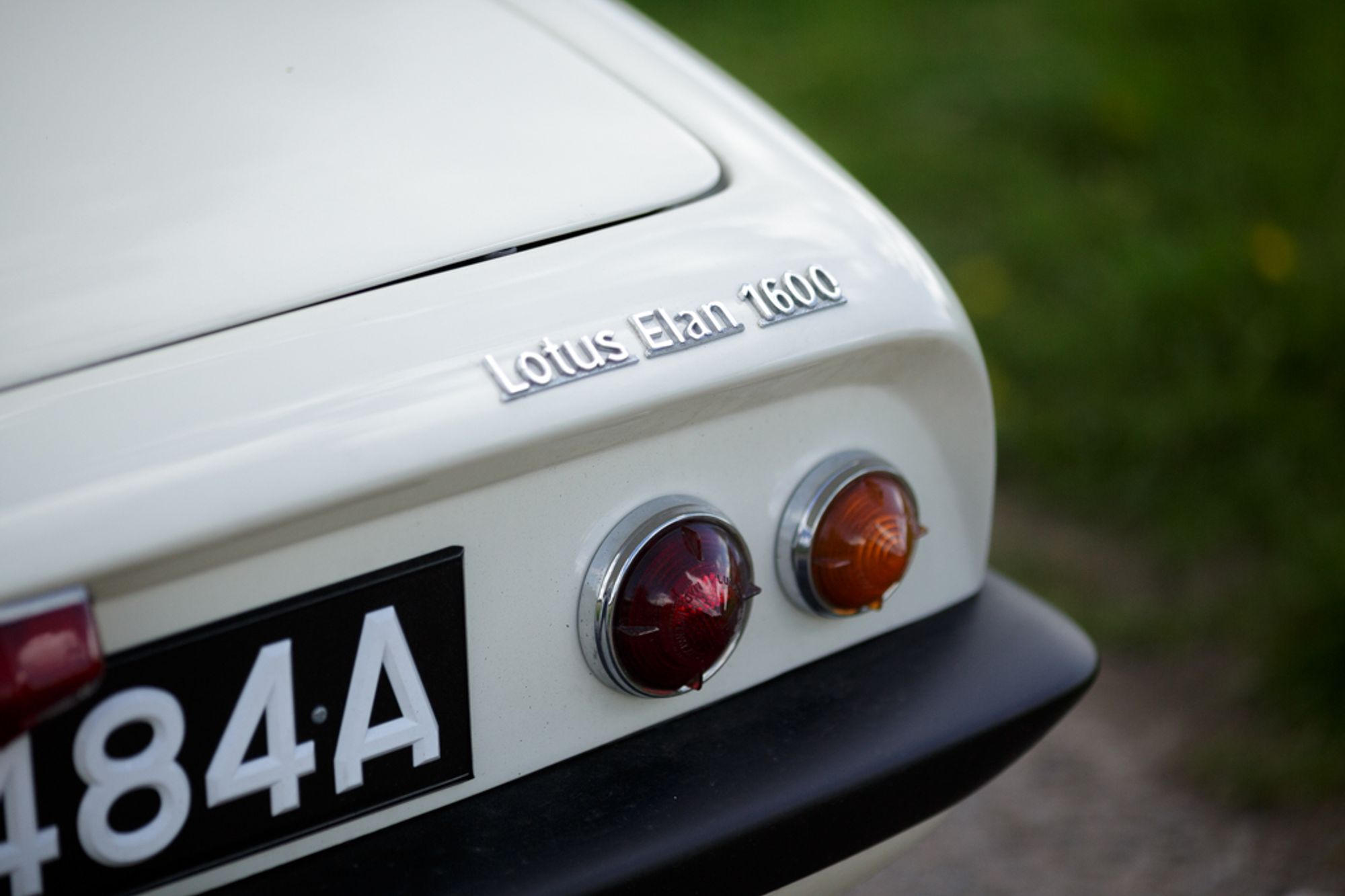

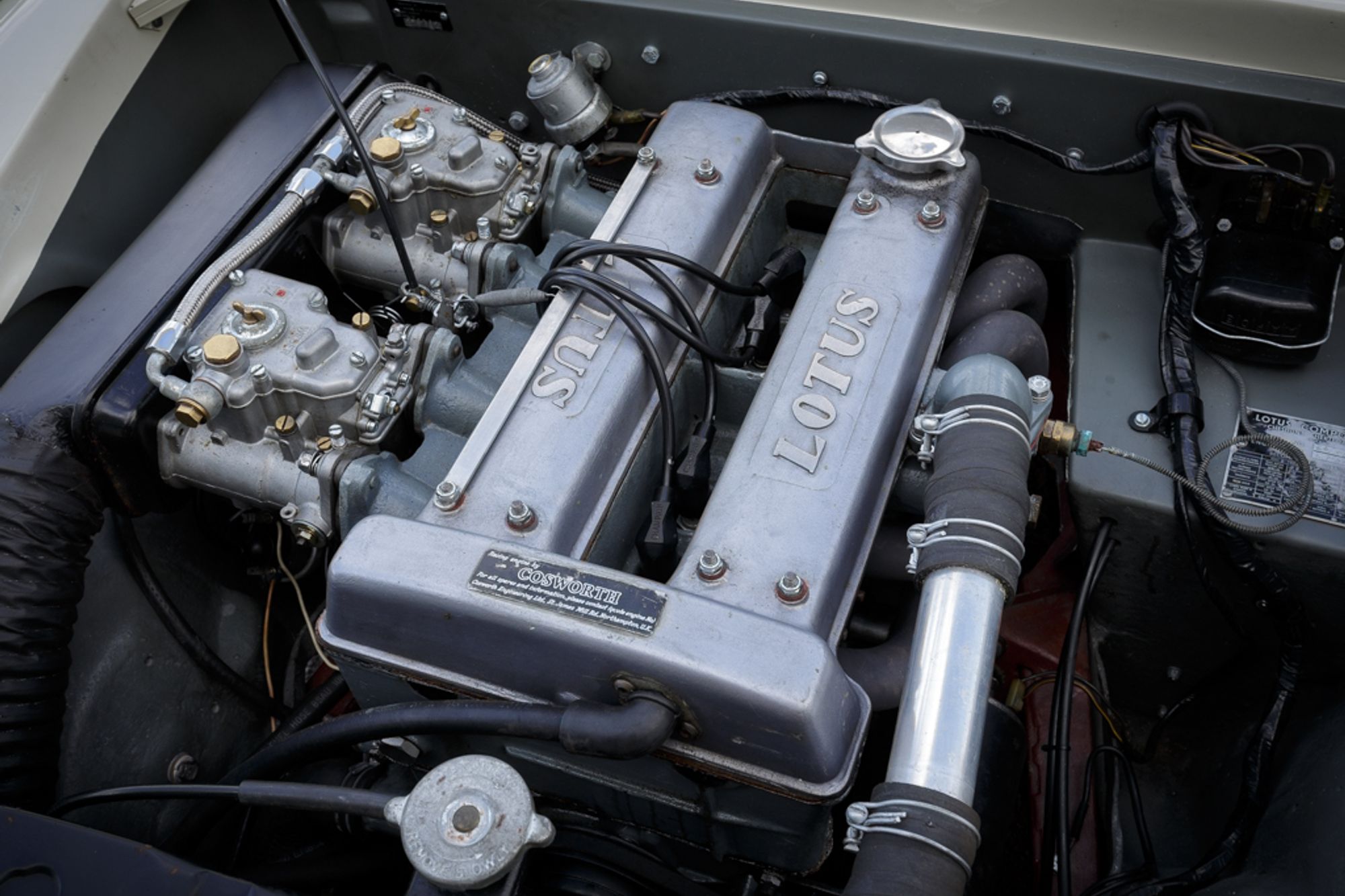

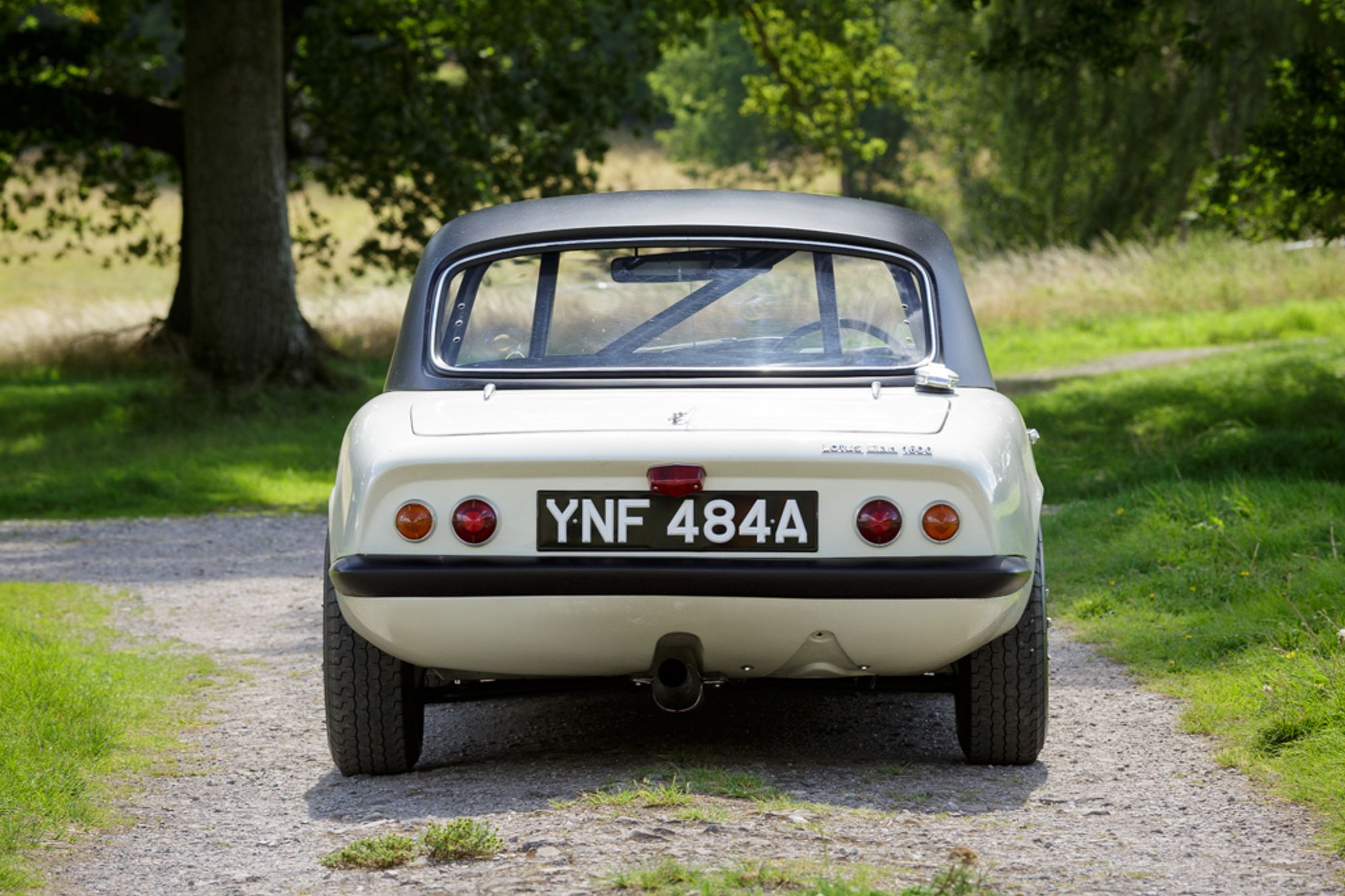

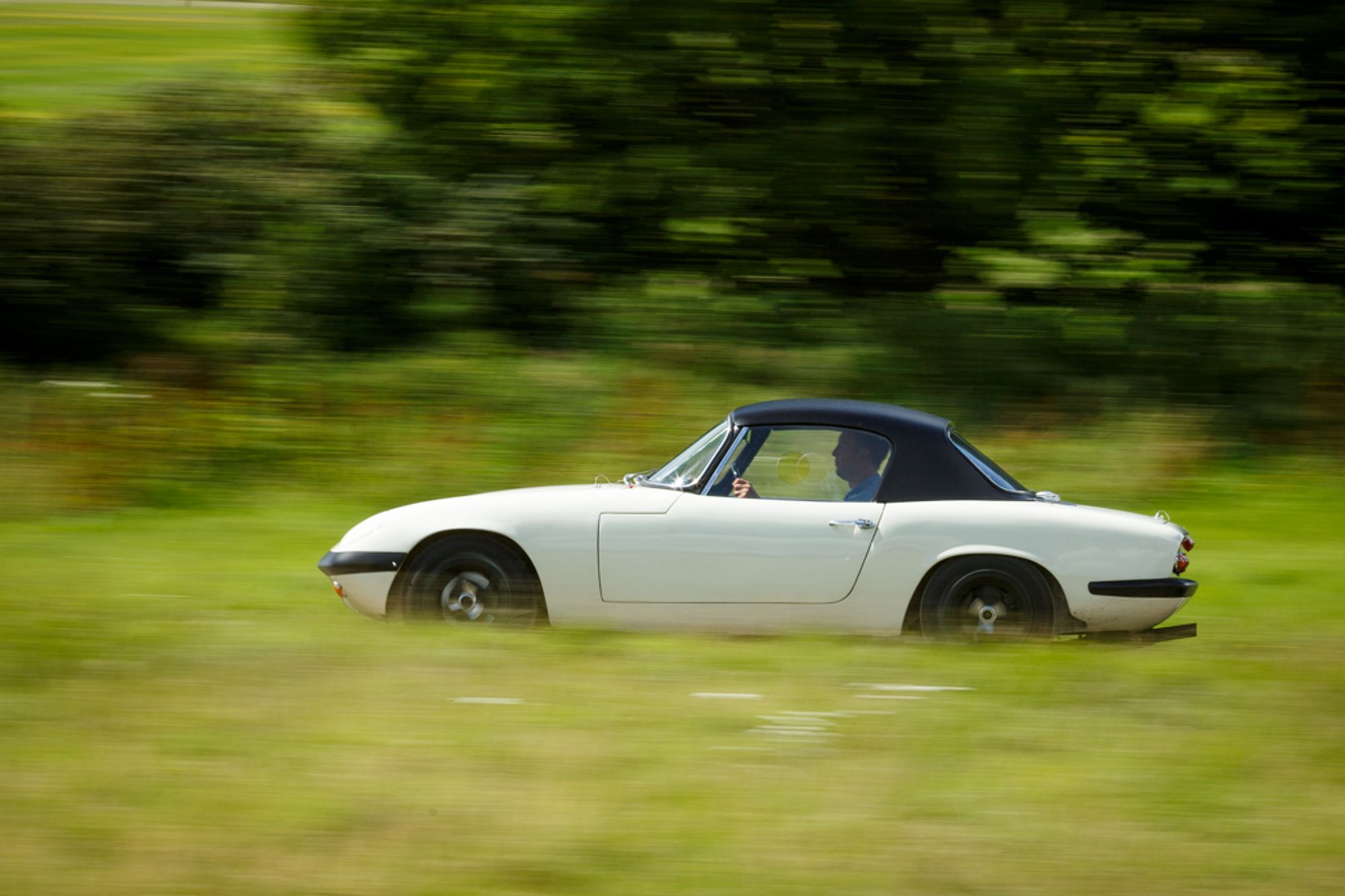



Lotus was just a decade old when the Elan launched. The marque had not yet earned its first Formula 1 championship or Indy 500 win, and its first production street car, the fiberglass-monocoque Elite(1957–1963), was a costly flop that almost ruined the company. By 1962, Lotus founder Colin Chapman had been building giant-killing racing cars for a decade. Like Enzo Ferrari, he went into street cars solely to keep his racing department alive.
Whilst the Elan isn't strictly a race car, it was undeniably built by men familiar with the form (I'll concede that Chapman's unique way of using his customers as development engineers wasn't ideal!) and it didn't require much further engineering to put them on the track. At around 1,500 pounds, far lighter than its contemporaries, it was also staggeringly advanced, with four-wheel disc brakes and independent rear suspension at a time when the average Ferrari carried rear drums and a solid rear axle. In the early 1960s, it was one of the quickest, best-handling production cars money could buy. And unlike the Elite, it was relatively quiet and comfortable. Light, nimble with pin sharp handling. Indeed, as Gordon Murray famously said, his only disappointment with the McLaren F1 was that he didn't quite achieve the perfect steering from the Elan.
This Type 26 was one of the first batch of Elans to arrive in Sydney in late 1963 and was raced by the first owner at circuits and sprints, including Warwick Farm and Oran Park between 1964 and 1968.
The chassis number and Bourne body number are within the first 200 produced and the car is still fitted with its original chassis and body. The original engine (not currently fitted) also accompanies the car.
Chassis 0196 continued to be raced in historic events in Australia and was the subject of a body off restoration during the Nineties. Fortunately, it had not been heavily modified or damaged during its racing career and of course the dry climate was very kind to its overall structure therefore retaining much of its originality.
Upon arriving in the UK, the Elan was given to the renowned father and son team of Ken and Neil Myers who have huge experience in the restoration and race preparation of early Elans. The brief was to 'restore' it to present day specification without compromising its important history and originality so that it could be used as a dual purpose fast road/race car if so desired.
Truly a milestone in engineering and design that the phrase 'less is more' is wholly attributed.